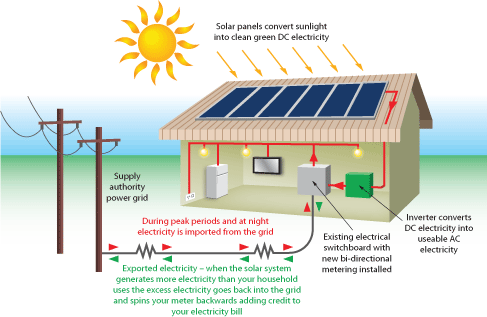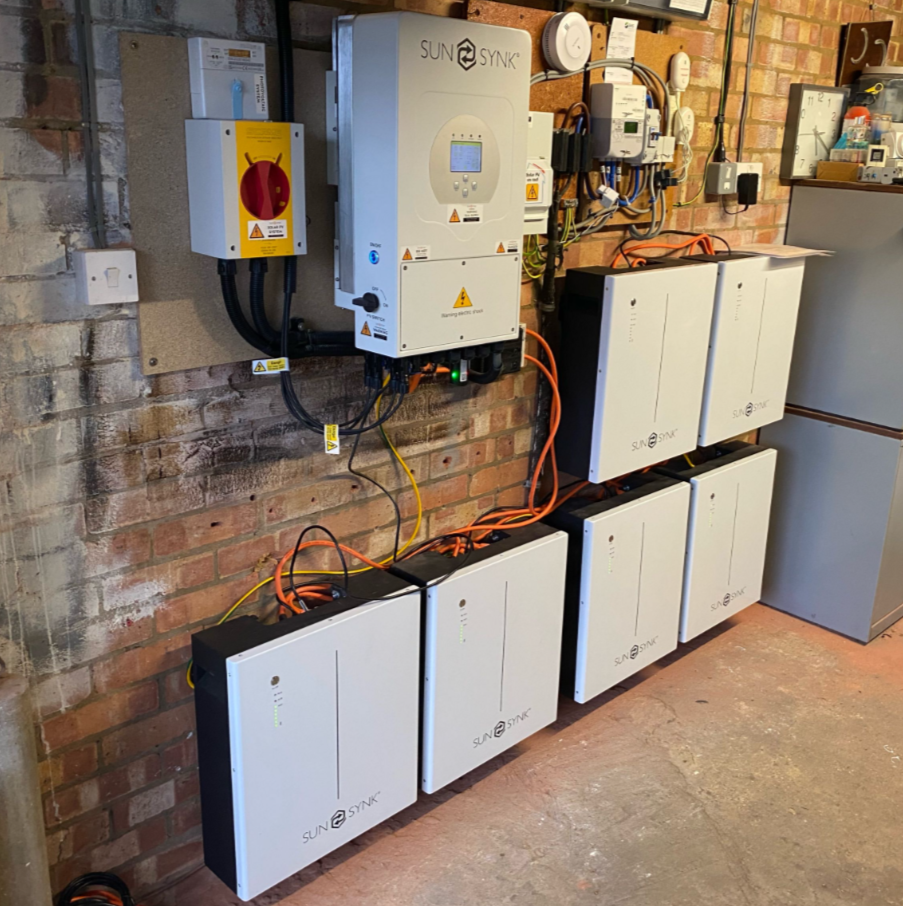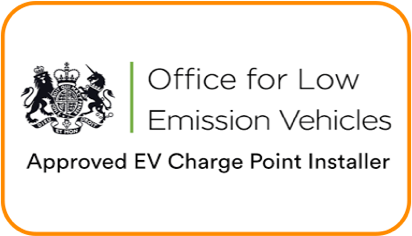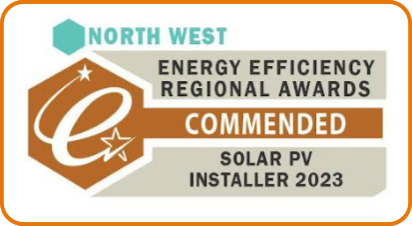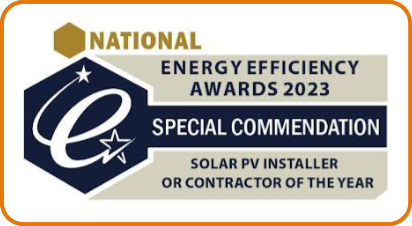There are many reasons why households begin searching into solar power. One of the reasons is simply because once a solar panel is installed, there is surprisingly little maintenance involved in using them. So, after the initial payment has been dealt with, you don’t need to fret about putting additional money into them.
In recent years, the technology behind solar panels has improved hugely, particularly since the price of alternative energy forms has risen rapidly. Solar panels for the home are indeed the most frequent approach that homeowners use to make the most of sunlight. These panels take the sun’s energy and transform it into electrical power.
How Do Solar Panel Systems Actually Work?
The roof system – With most solar systems, solar panels are fixed onto the roof. The perfect spot would be one with no shade on the panels, particularly during the sunlight hours of 9am to 3pm.
A south-facing installation will normally supply the best possible potential for your solar system, having said that other locations can give enough production. Trained installation contractors use a device called a Solar Pathfinder to pinpoint likely areas of shading before the installation process.
Solar panels – Solar panels consist of photovoltaic cells produced from silicon, which convert sunlight into electricity instead of heat. Solar photovoltaic cells contain a positive and negative film of silicon located under a slim piece of glass. While the photons of sunlight beat down on these cells, they knock the electrons off the silicon.
The negatively-charged free electrons are attracted to one side of the silicon cell, which forms an electric voltage that can be collected and conveyed. This current is assembled by wiring the singular solar panels together in order to form a solar photovoltaic display.
Inverter – The inverter is generally placed in a reachable area. Inverters make a small sound, so this should be reviewed when choosing the location. The inverter changes the DC electricity produced by the solar panels into 120-volt AC without delay this can then be put to use by joining the inverter directly to a circuit breaker in the electrical panel.
